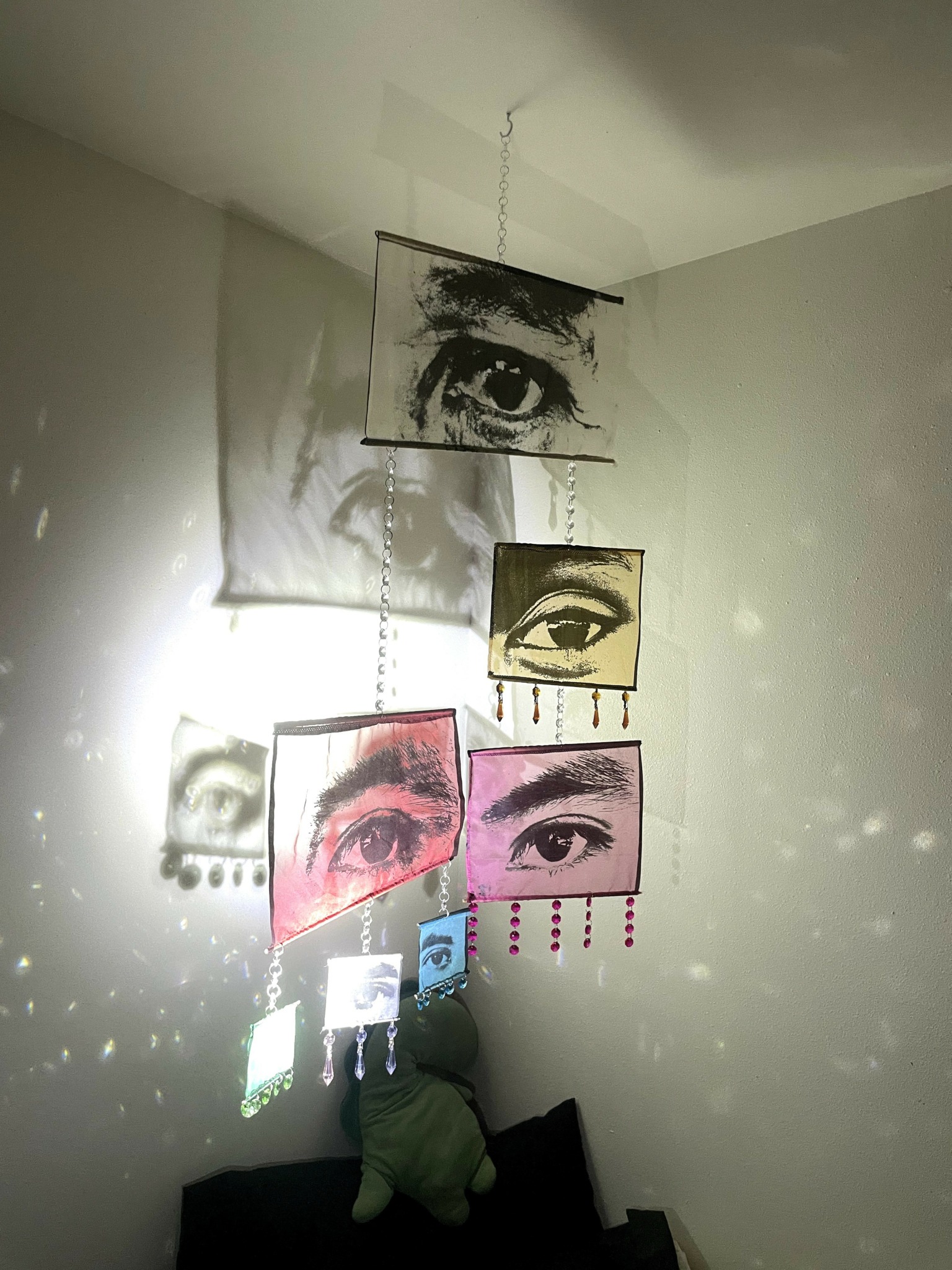We recently connected with Antonia and have shared our conversation below.
Antonia, thanks for joining us, excited to have you contributing your stories and insights. What’s been the most meaningful project you’ve worked on?
One of the most meaningful projects I’ve worked on is LeNuQuem—a collaborative photo tapestry series created in partnership with ten Mayan artisan women from Santa Clara La Laguna, a village above Lake Atitlán in Guatemala. The name LeNuQuem means “our stories” in Kaqchikel, and that’s exactly what the work aims to do: honor and amplify stories told directly by the women themselves.
Over the past five years, I’ve visited, lived with, and photographed these women, using my own serigraph-based printing technique to transfer their portraits onto fabric. I then return these hand-printed pieces to them—not as finished works, but as canvases for their embroidery. What happens next is where the project truly begins: they stitch their lives, symbols, emotions, and knowledge directly onto the image, creating deeply personal and culturally resonant pieces. Their embroidery is not only a form of art—it’s their language, their memory, and an act to share their world and how they perceive it.
These women are powerful, resilient, and skilled. While they work the land and sustain their families in difficult economic conditions, they are also cultural bearers. In a country where a big part of men population is migrating to the U.S. without documentation, their embroidered tapestries act as a form of resistance—keeping alive a tradition they don t have anymore much time as they have to do more and more the hard work men did before leaving. They stitch their joys, losses, beliefs, and ancestral knowledge into each piece, reminding us of the complexity and dignity behind lives often flattened by statistics or ignored altogether.
This project is deeply meaningful to me because it shifted the center of storytelling away from me as the photographer and into a collaborative, reciprocal space. The visual narrative is no longer mine alone—it’s woven together by many hands, each bringing its own perspective and truth. LeNuQuem continues to shape how I understand authorship, voice, and community in my practice. I am humbled to be part of something that honors not only artistic collaboration but the power of women reclaiming their stories, thread by thread. Each made and sold piece brings them a better compensation then the hard work on the fields.
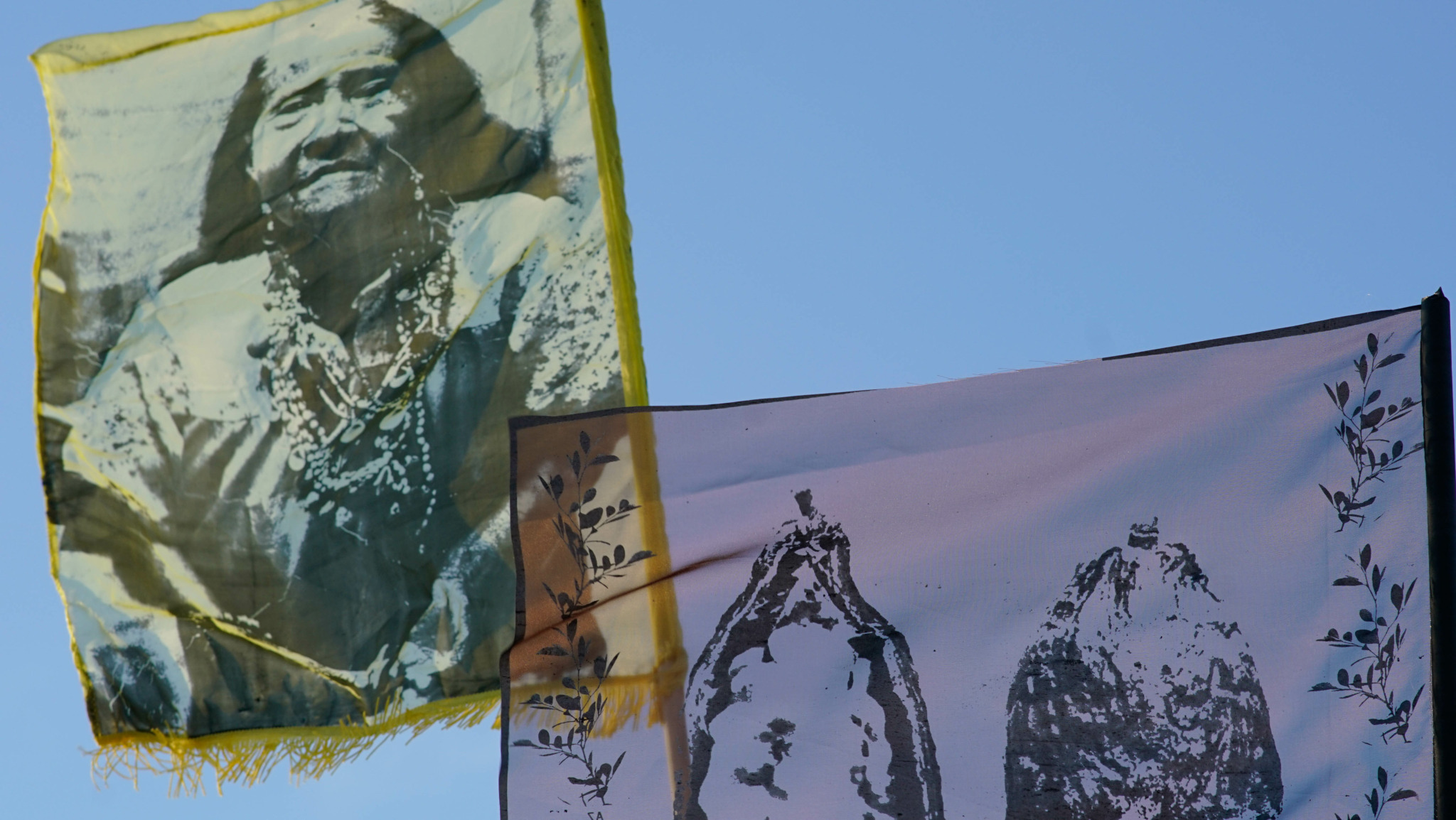

Awesome – so before we get into the rest of our questions, can you briefly introduce yourself to our readers.
I am a documentary photographer and social artist originally from Italy, currently based in New Orleans. Over the past 15 years, I’ve worked across Europe, Northern Africa and Arabia, South America, and the Caribbean—collaborating with communities, documenting lived experiences, and translating them into immersive visual art.
My entry into this field came through photography and journalism. I began by documenting social issues—gentrification in Hamburg’s Reeperbahn, displacement in Colombia, and migration through the Caribbean corridor. I have published through Prestel Editorials a photobook on my first long term project and worked for mayor newspapers in Germany. But over time, I felt the need to break free from the limitations of conventional photography. I wanted to create more tactile, participatory, and transformative forms of storytelling.
This search led me to develop a unique serigraph-based printing technique, I learned through the artist Samuel Vuelva in Colombia, that fuses photography with textile art. Inspired by early photographic pioneers like Nicéphore Niépce, I burn photographic negatives directly into fabric using light-sensitive chemicals, Elmer’s glue, and fabric dyes. This process results in large-format images that float, move with light and wind, and invite physical interaction.
What sets my work apart is the integration of image, fabric, and space. My pieces are often suspended installations—photo mobiles, hanging tapestries, and sculptural textile works that move with natural elements.
Collaboration is at the core of my practice. I’ve worked with Mayan women embroiderers in Guatemala, Afro-Colombian communities affected by displacement, and neighborhoods in New Orleans. These partnerships are not just part of the process—they are the process. I believe that storytelling should be shared, and that those who have lived the story should shape how it’s told.
My work addresses themes such as migration, colonization, memory, the complexity of human nature and the natural world which surrounds us. As someone who has migrated and lived in many cultures, I use my own experiences to build bridges and challenge narratives that often dehumanize. My projects investigate how history lives in our bodies, in our landscapes, and even in what we eat. I am questioning a human build system which is destroying us more then helping us thrive.
My art has evolved into something that’s not just seen but felt—physically, emotionally, and socially. I’ve exhibited internationally, including at the Contemporary Arts Center and Ogden Museum in New Orleans, Luna Fête, the Winter Light Festival in Portland, and in galleries across the U.S. and Europe.
But beyond the exhibitions, what fulfills me most is transforming spaces—whether public squares or abandoned buildings—into places of connection, storytelling, and shared humanity. I want my art to invite participation, reflection, and belonging. I want it to offer a sense of home to those who often feel unseen.
If you’re discovering my work for the first time, know that what I create is not just about photography or fabric—it’s about making space for voices, memories, and wisdom that deserve to be seen, heard, and honored. I’m always open to new collaborations and conversations, especially those rooted in mutual respect, curiosity, and a shared commitment to social change.

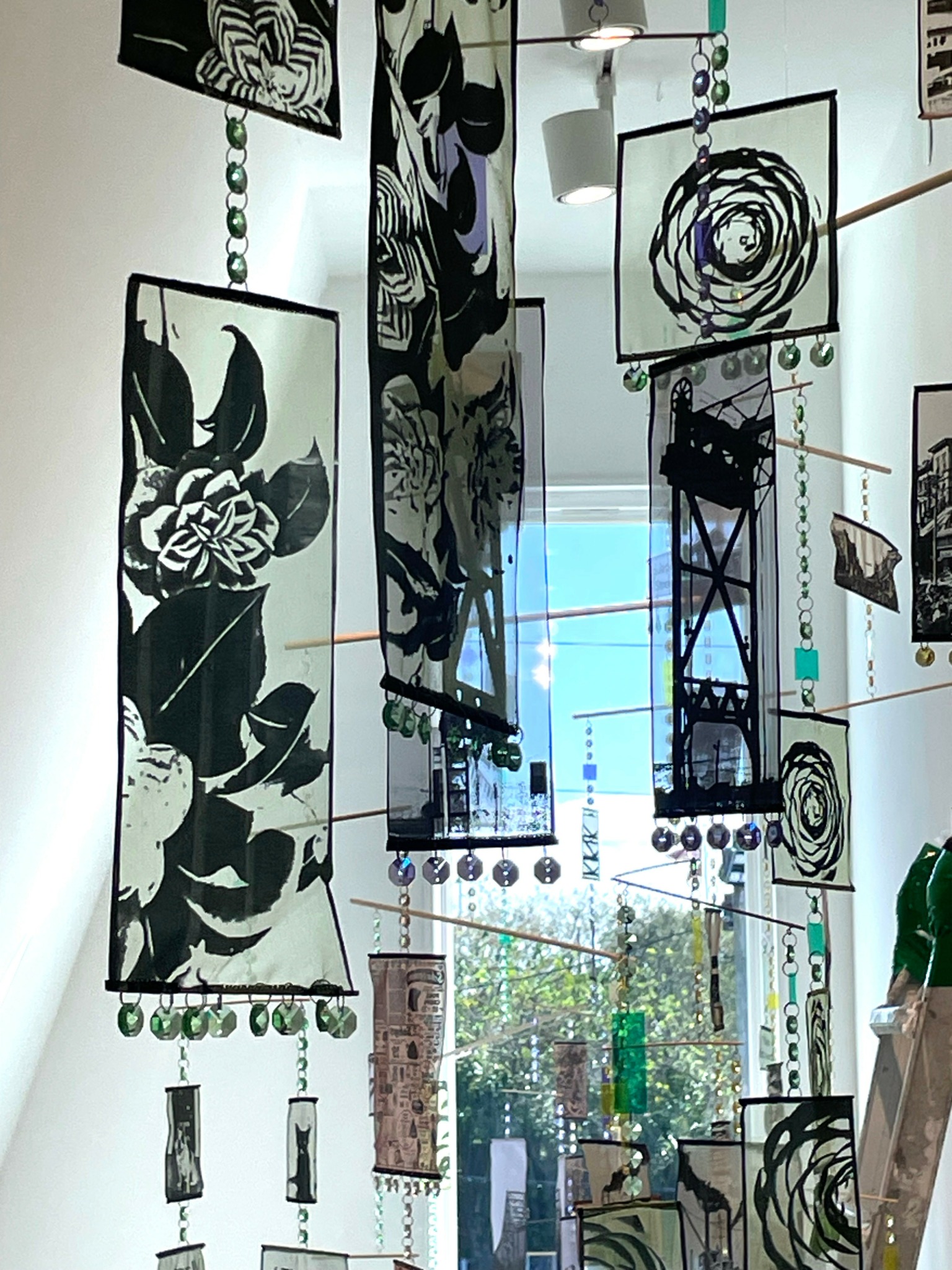
Is there a particular goal or mission driving your creative journey?
My creative journey is driven by a desire to continuously grow—both in my technical skills and in the reach of my work. I see artist residencies and immersive programs as powerful platforms for that growth, offering the opportunity to exchange ideas, share skills, and connect with other artists and mentors.
A major goal of mine is to create more large-format installations in public spaces—such as hospitals, airports, universities, and libraries—where art can meet people in their everyday environments. I want to reach a wider audience and bring custom, site-specific pieces not only to my local community, but to spaces across the country.
At the heart of my mission is storytelling. I aim to tell stories that make us pause, reflect, and remember—stories that hold space for memory, history, and human resilience. Collaboration is a vital part of my process, whether it’s with other artists, communities, or specific groups whose lived experiences shape the work itself.
In a time when our social and political values are constantly being challenged, I believe in art as a form of resistance and a tool for unity. My work seeks to stand for justice, dignity, peace, and the power of people coming together. I want it to serve as both a mirror and a call—a reminder of what we carry, and what we are capable of when we create together.
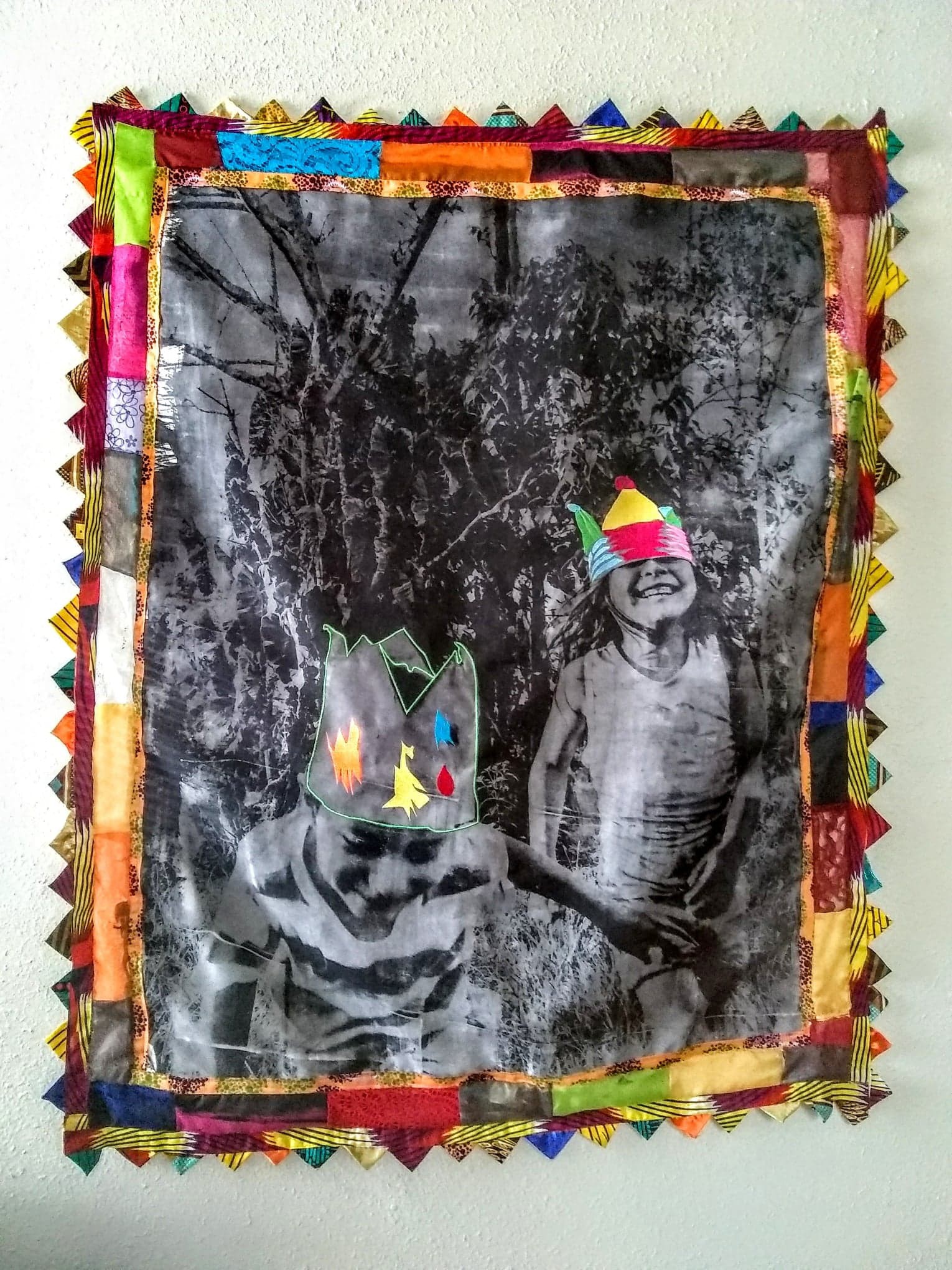
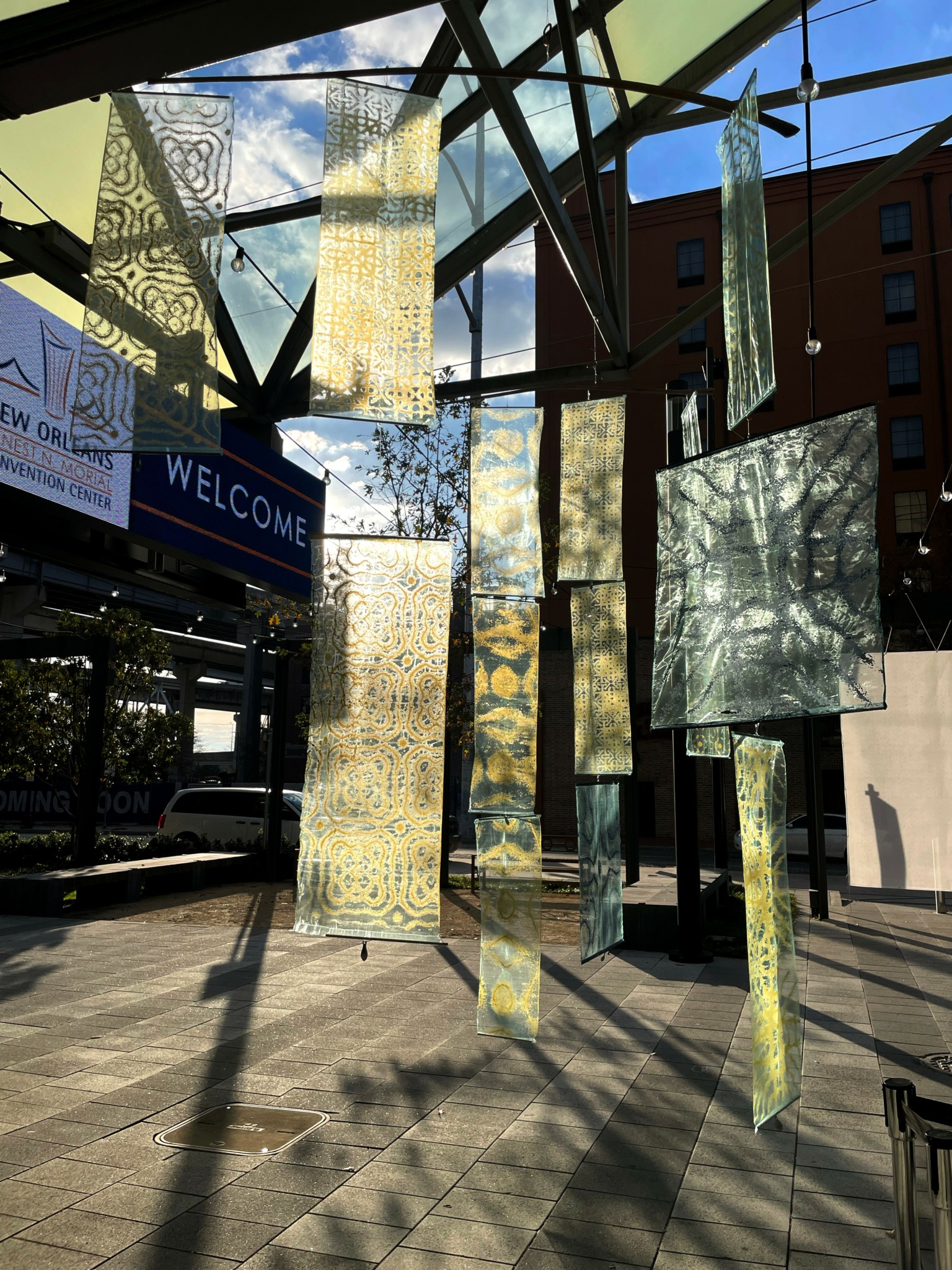
How can we best help foster a strong, supportive environment for artists and creatives?
Society can start by truly recognizing that artists and creatives work just as hard—if not harder—than many traditional professions. Our work is often emotionally, physically, and financially demanding, and deserves to be valued accordingly. That means paying fair prices for creative labor and understanding that art is not just a luxury, but a vital part of cultural and social well-being.
Support also means showing up—attending art shows, openings, festivals, and museum exhibitions, and engaging with the people behind the work. Visit local studios, learn about the stories behind the pieces, and choose to fill your home and daily life with artwork that has meaning. Instead of mass-produced decor from chain stores, invest in objects made by artists whose vision speaks to you. These small, intentional acts build a stronger, more human-centered creative economy.
Ultimately, a thriving creative ecosystem needs curiosity, respect, and investment—from individuals, institutions, and communities. When society values the stories and perspectives artists bring, it makes space for collective growth.
Contact Info:
- Website: www.antoniazennaro.com
- Instagram: @antonia.zennaro
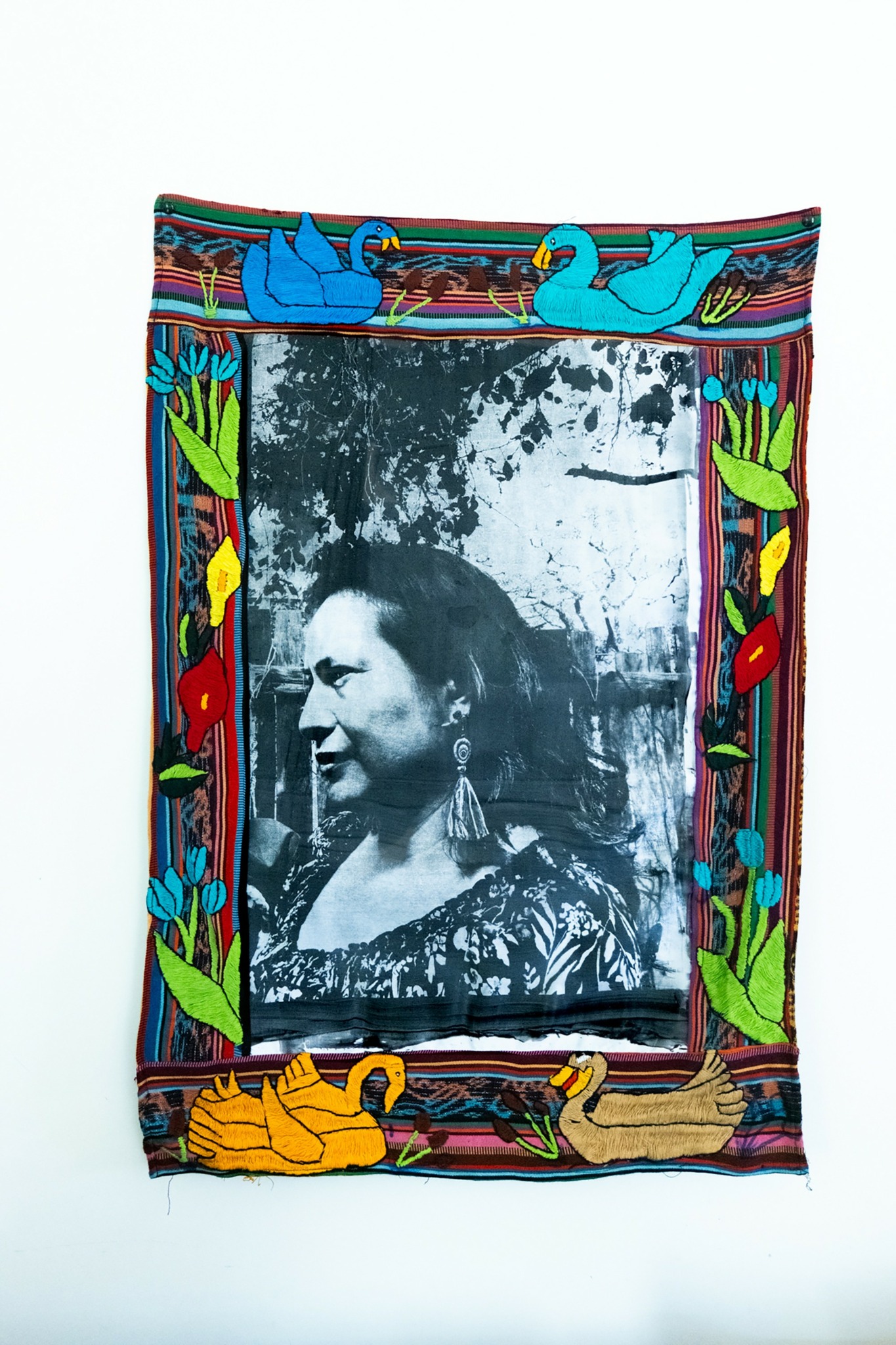
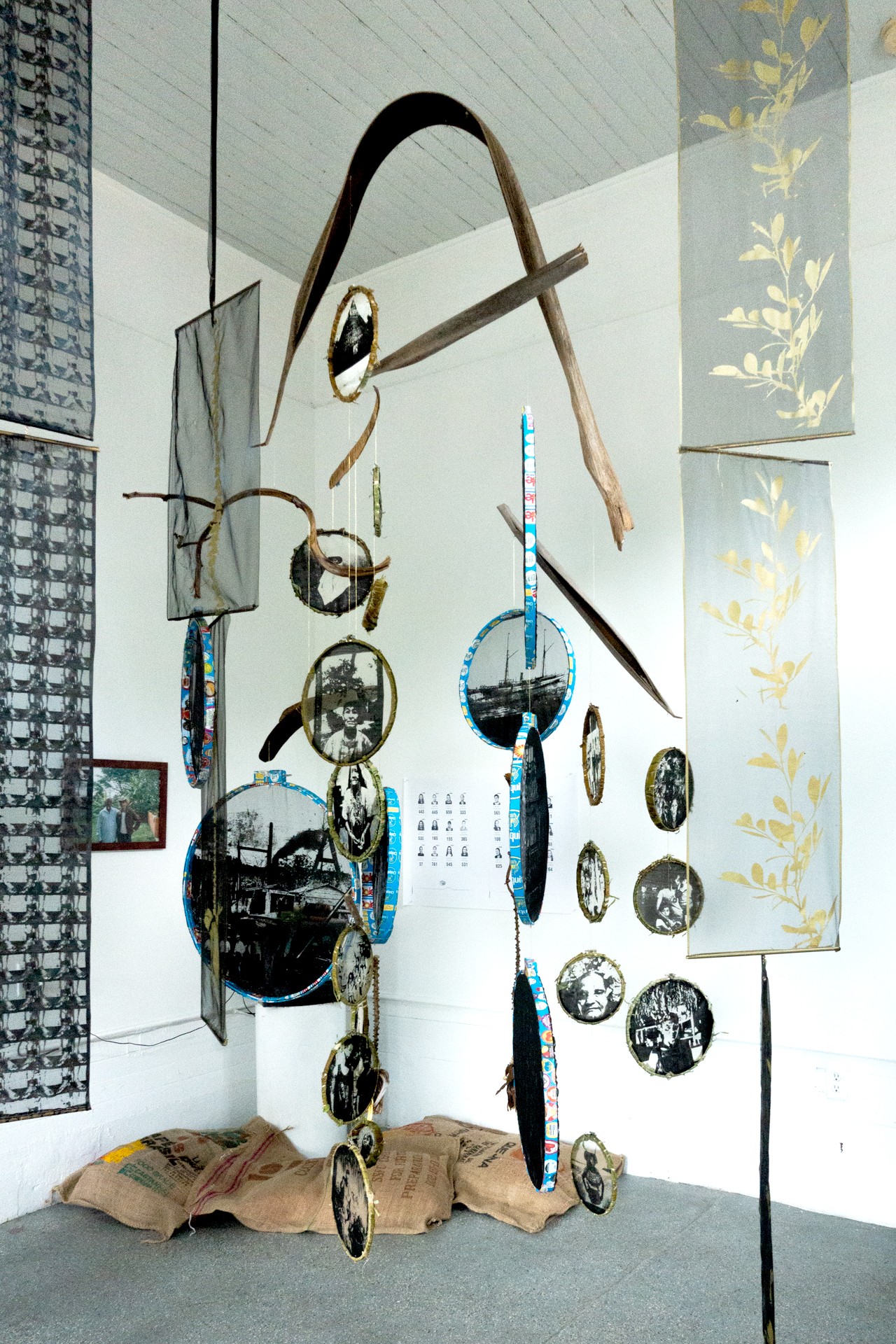
Image Credits
Antonia Zennaro


